
Below are the top 10 houseplants that will make your home a fairyland and provide you with clean air by removing the toxins from your home. A lot of these plants were listed in a study that NASA conducted on houseplants which remove toxins from the air.

Plant some of these and create your own little heaven at home.
Now, aloe vera is best known for its healing capabilities, but aloe vera has many more important features. It helps in cleaning out formaldehyde and benzene from the air which are generally found in paints and chemical cleaners. The gel which is inside the aloe plant is excellent for healing burns and cuts. The leaves of the aloe plant get brown spots on the surface, if there is an excessive amount of chemicals in the air. It is a very easy to grow plant and is sun loving. Be sure to keep this succulent near a sunny window if you want it to last a long time.

They are easy to grow and have a love for sun. A kitchen window would be a good choice to keep them.
Peace lily is a very chic plant which loves shade. Peace lily’s were in NASA’s list for removing the common VOC’s present in our environment. Peace lily is an amazing choice for people who don’t have a green thumb as they require very little care. They are also pleasantly admirable and will make your home more attractive!!

They can improve the indoor air quality by as much as 60%. They help in keeping bathroom tiles and curtains free from mildew. Peace lily was among the best plants in NASA’s list due to it’s competence to remove three of the most common VOC’s.
Spider plant is one of the most commonly found plant and is very easy to grow. They are decorative and have a grand foliage. They were included in the NASA’s list. It is very effective in defeating pollutants like benzene, formaldehyde and carbon monoxide. Spider plants are great for people who suffer from dust allergies. Their leaves grow fast and they have an uncanny ability of removing 90% of toxins in just two days. Spider plants are safe for pets as well.

The english ivy is also known as Hedara Helix and it needs moderate sunlight and temperature for growth. They can be hanged or put simply in containers. It is the perfect plant for you if you have a pet at home, as the english ivy reduces airborne fecal matter. The english ivy can also battle chemicals like formaldehyde which are found in cleaning products. It can also clear out specs of benzene. It will keep your home free from harmful pollutants and provide a breath of fresh air. The english ivy does not require too much attention and can survive well with little care.
Boston Fern
Boston fern is a very popular houseplant. It provides great beauty with elegance. It has many health benefits and is useful in restoring the moisture in the air. People who have somewhat dry skins and have problems with the cold weather are suggested to keep this plant in their homes. Boston ferns look amazing hanging in containers. They also help in filtering out traces of formaldehyde. The Boston fern needs direct sun and regular misting.

They thrives in low light and are easy to care and beautiful to look at.
The Aglaonema produces many little red berries which are useful in removing toxins from your home. A number of pollutants can be removed using this plant. The longer you keep them, the better. With passing time, the Aglaonema will keep removing toxins and harmful pollutants from your house and keep the air fresh and clean.
Aglaonema Plant has some verities depending on the color of the plant. All of them look amazing as a house plant..
Heart Leaf Philodendron
The heart leaf philodendron is popular for it’s decorative vines. They attain a good height though they need low maintenance and moderate sunlight and water. This plant is an ideal choice for filtering out formaldehyde from your house so the plant is considered as fireball when it comes to removing the pollutants and the VOC’s. Although, the heart leaf philodendron if eaten is toxic for the health. It should be kept away from pets and children.

The bamboo palm should be kept in shade. It needs proper watering and often produces small flowers and berries. It is part of the NASA’s list as it is very effective in removing benzene and trichloroethylene from the air. These are very attractive and help in adding greenery to the house.

The golden pothos is also known as the devil’s ivy and is a very fast growing vine. The leaves of the golden pothos grows in the form of vines. This plant can be used as a decoration and kept in hanging baskets from which the vines will cascade down to give a more alluring look. They grow well in low temperatures with low sunlight. Other than their visual appearance, the golden pothos is brilliant in combating against VOC’s like formaldehyde and for this they are on the NASA's list to purify the air. They are very easy to care for and stay green even when kept in the dark.

Red-Edged Dracaena
If you have a large empty space in your home which needs to be filled, the red edged dracaena is the right choice to go for. It grow very tall, in fact it can be tall enough to touch the ceiling of your house. As the name suggests, the red edged draceana has red edges which will add a splash of vibrancy to your home. They are known best for removing chemicals like xylene, trichloroethylene and formaldehyde from air.





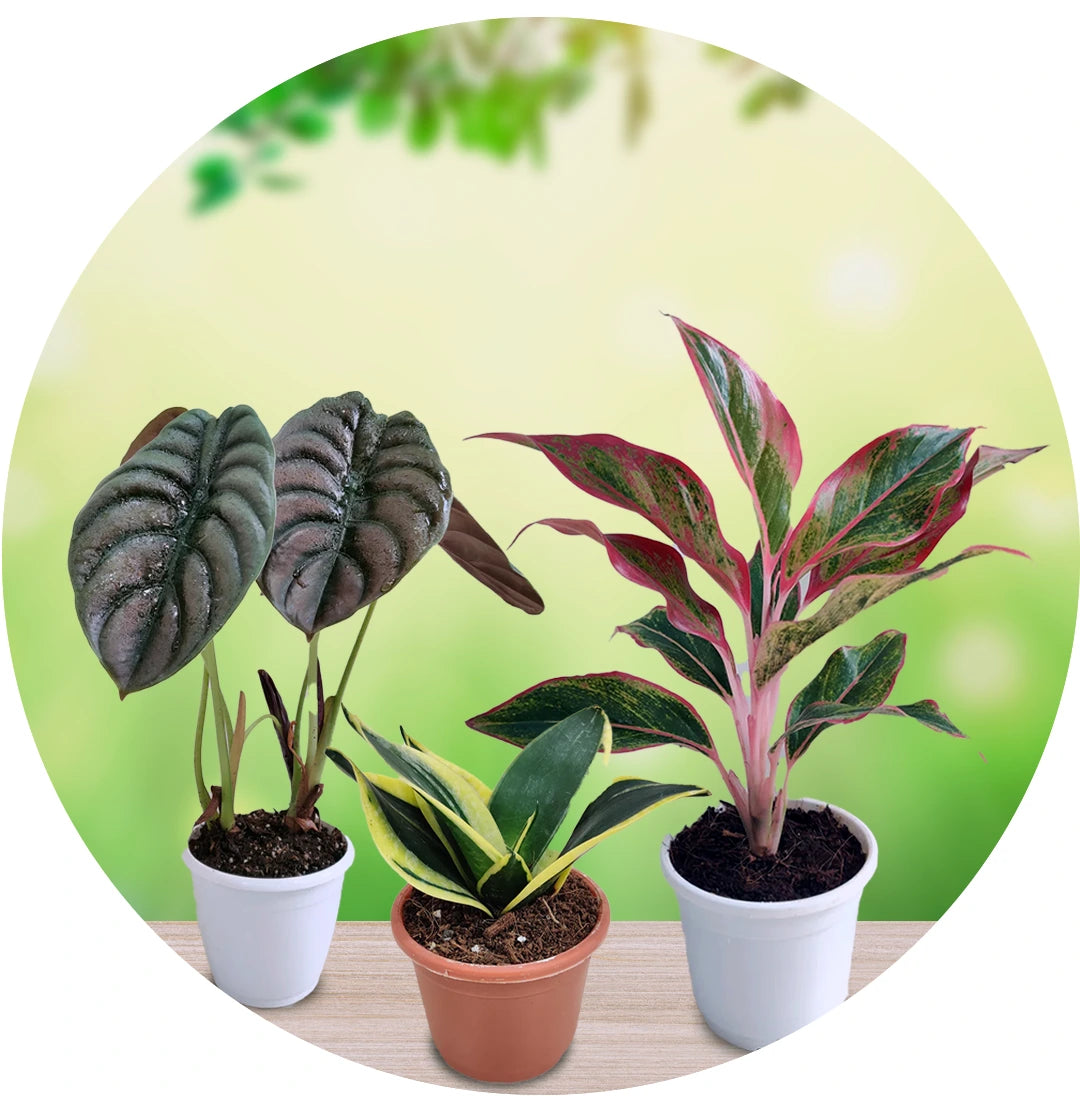
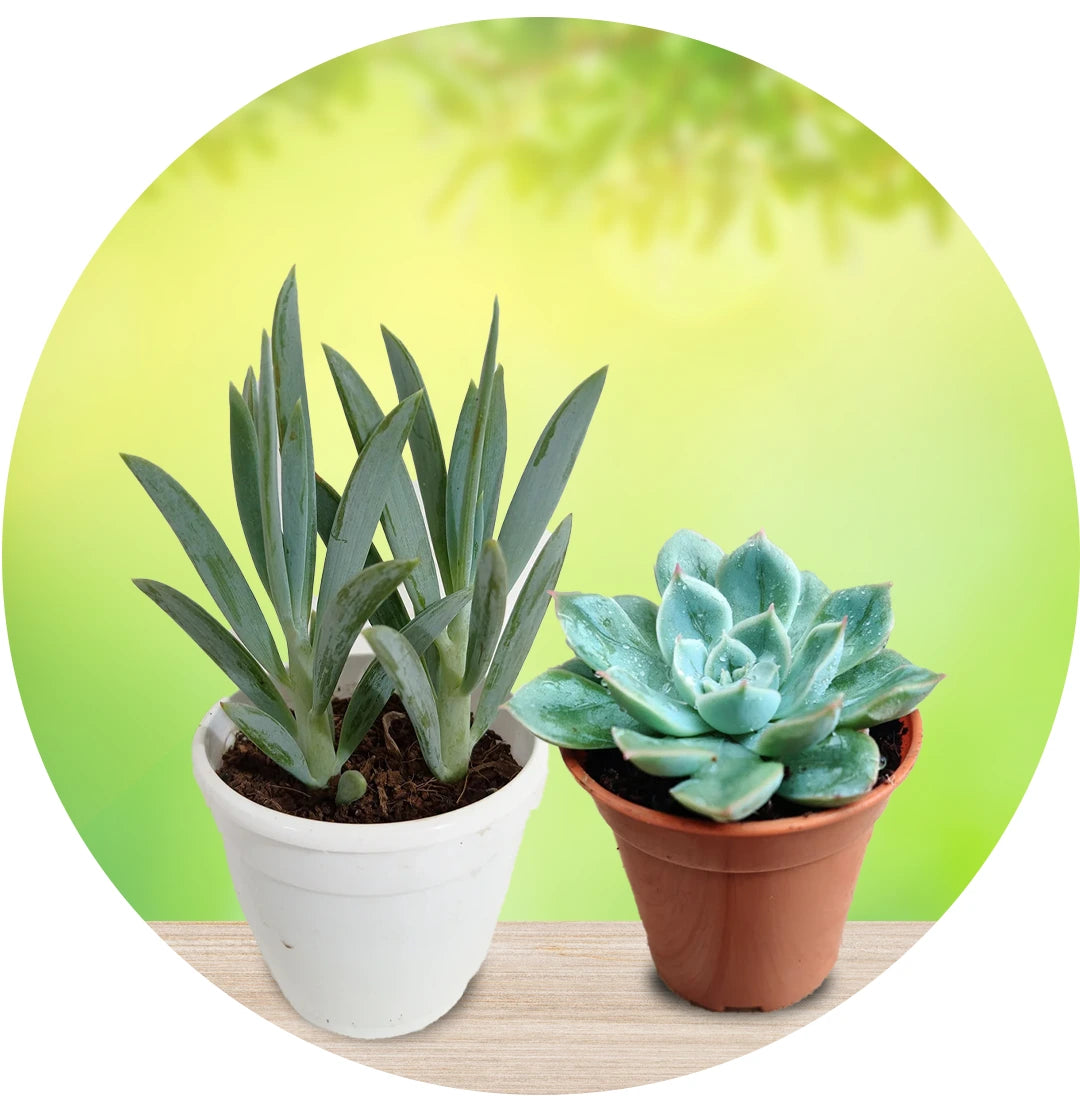
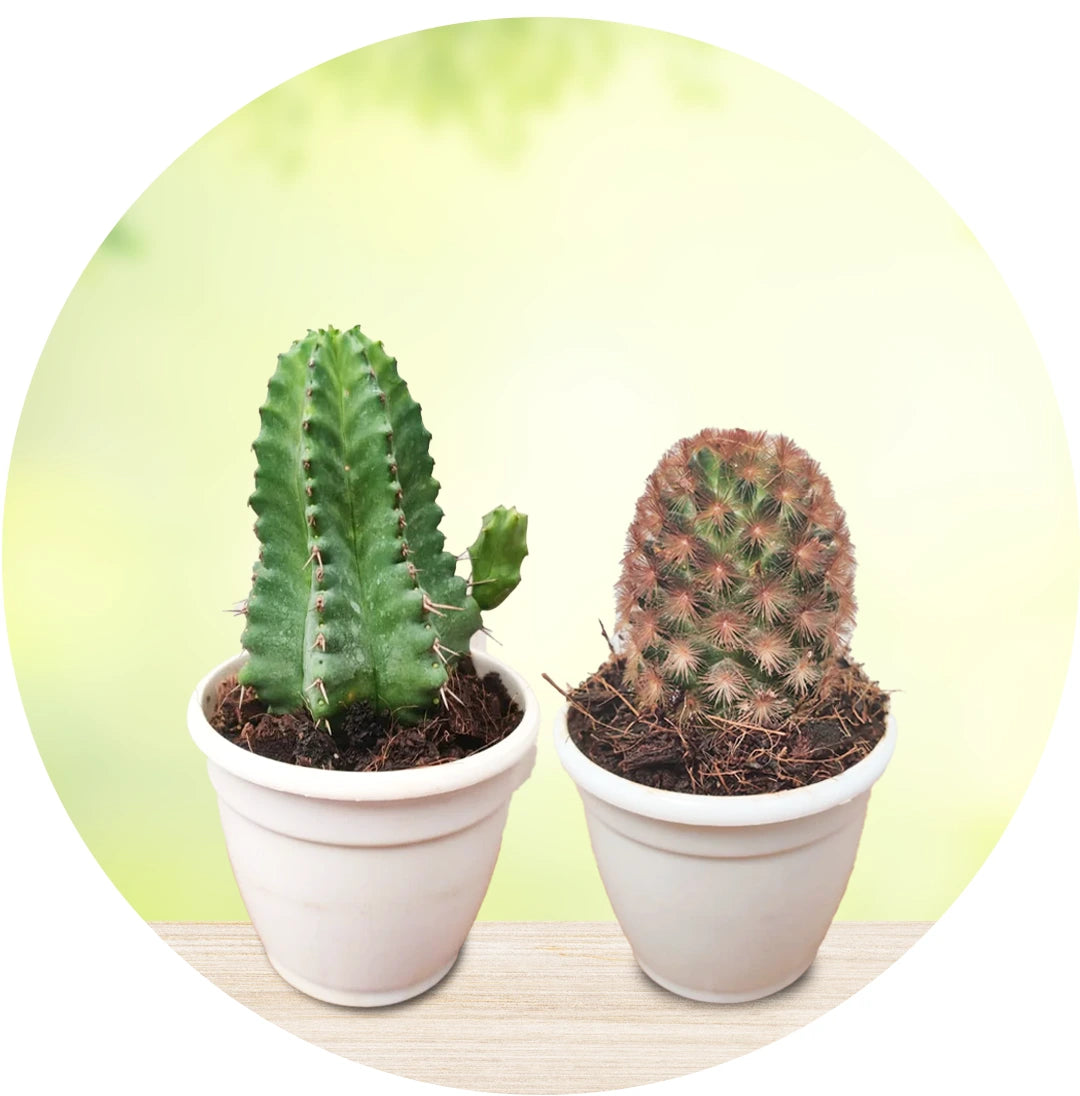
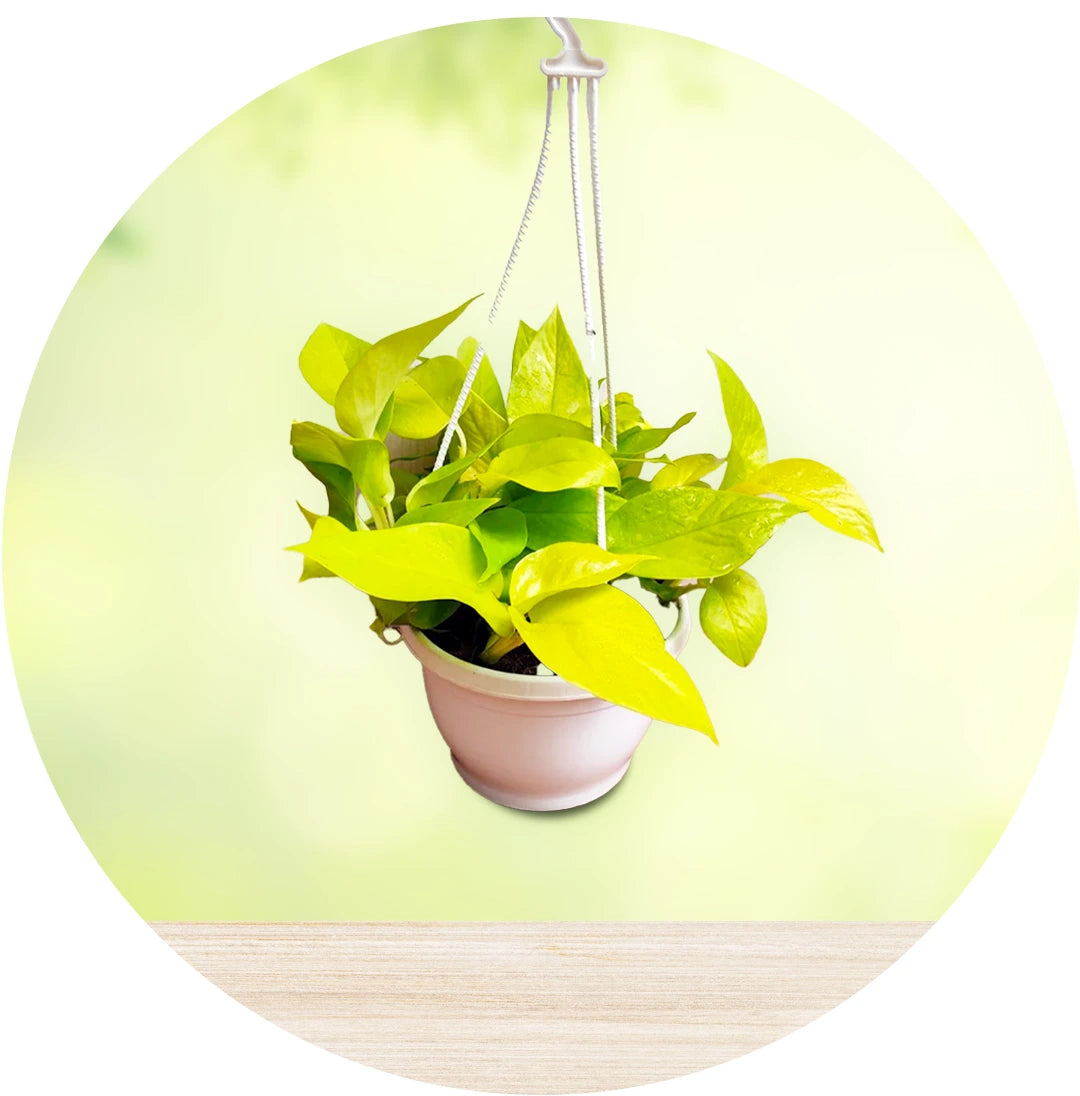
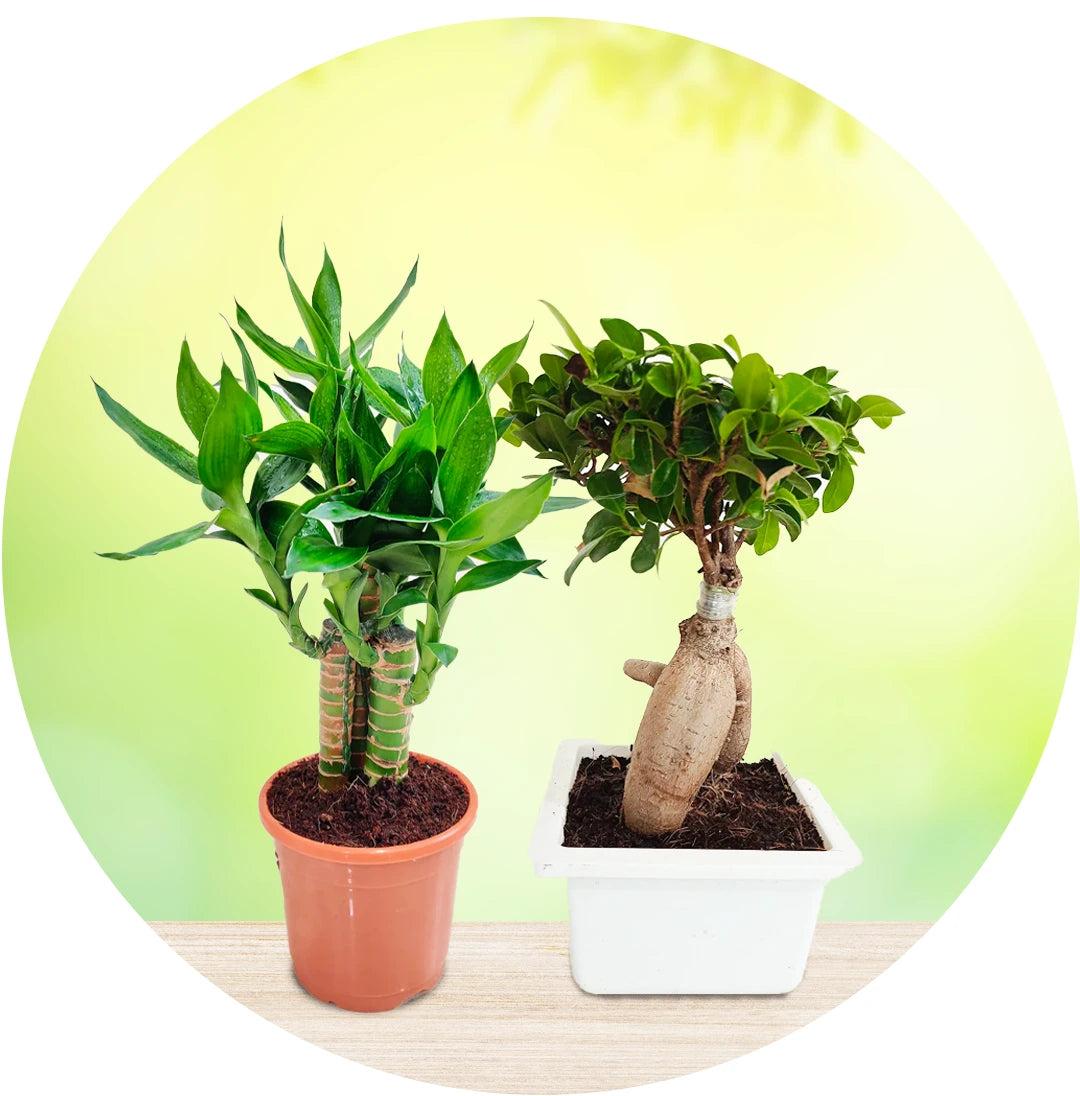
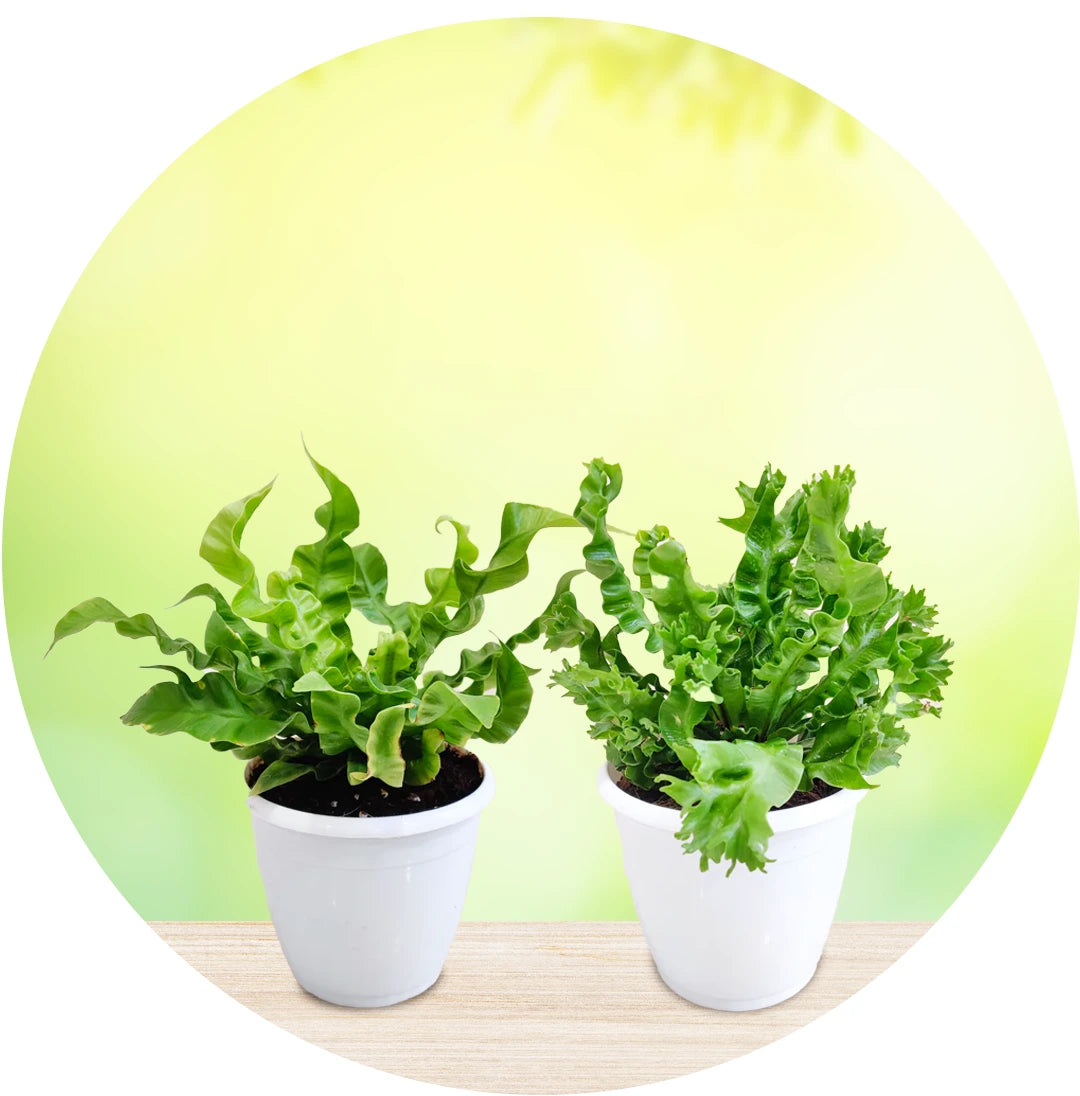
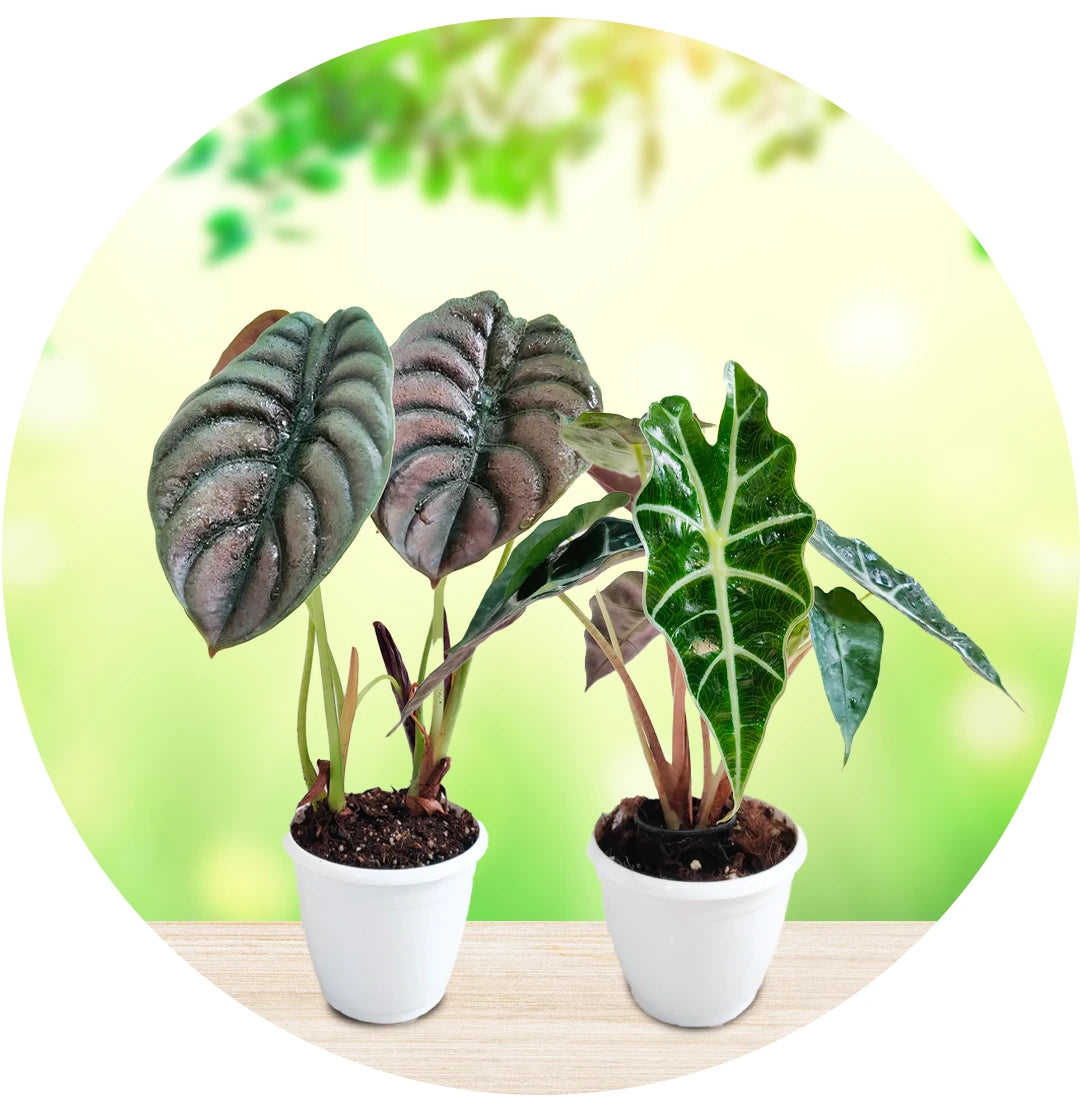
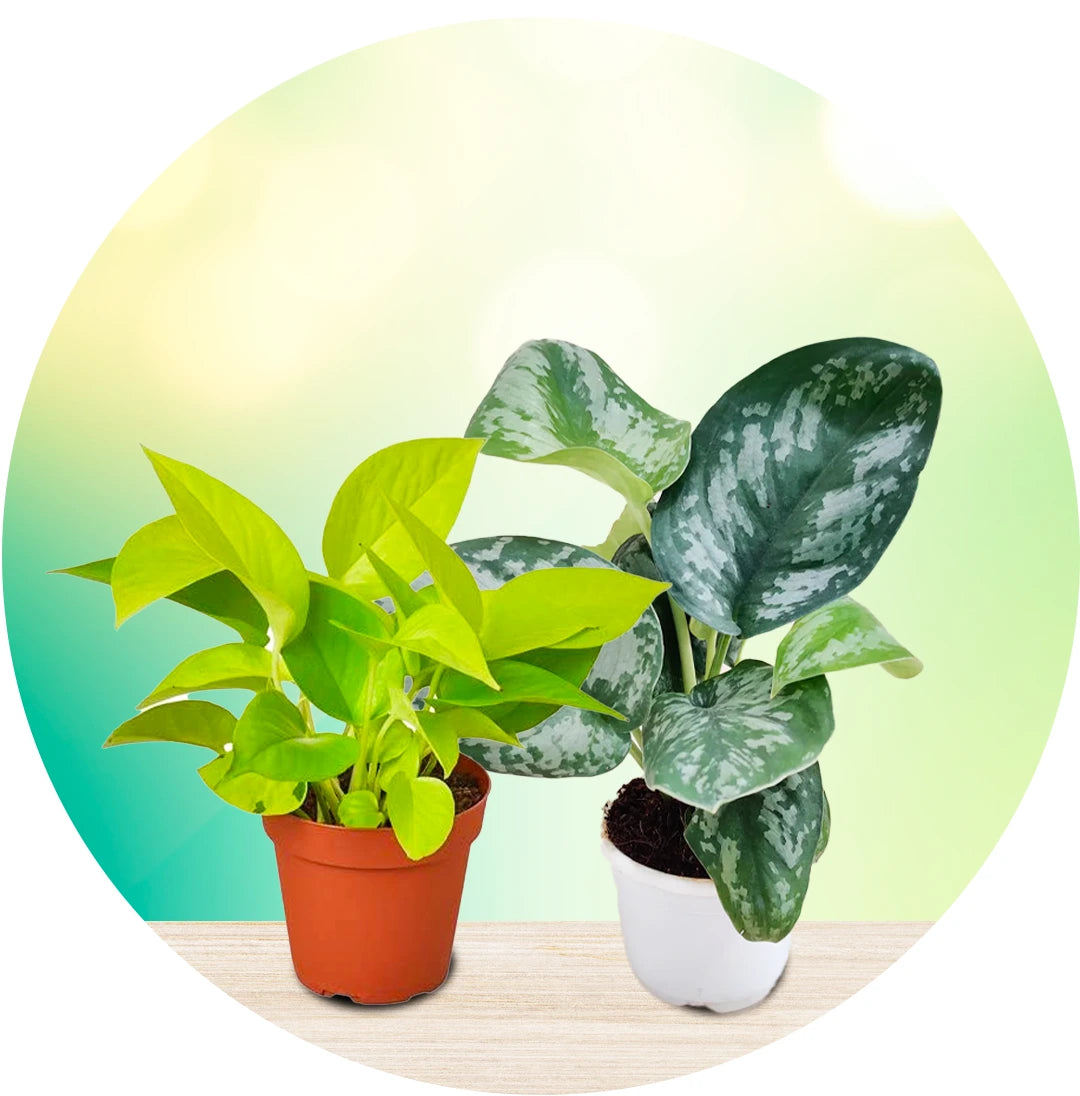
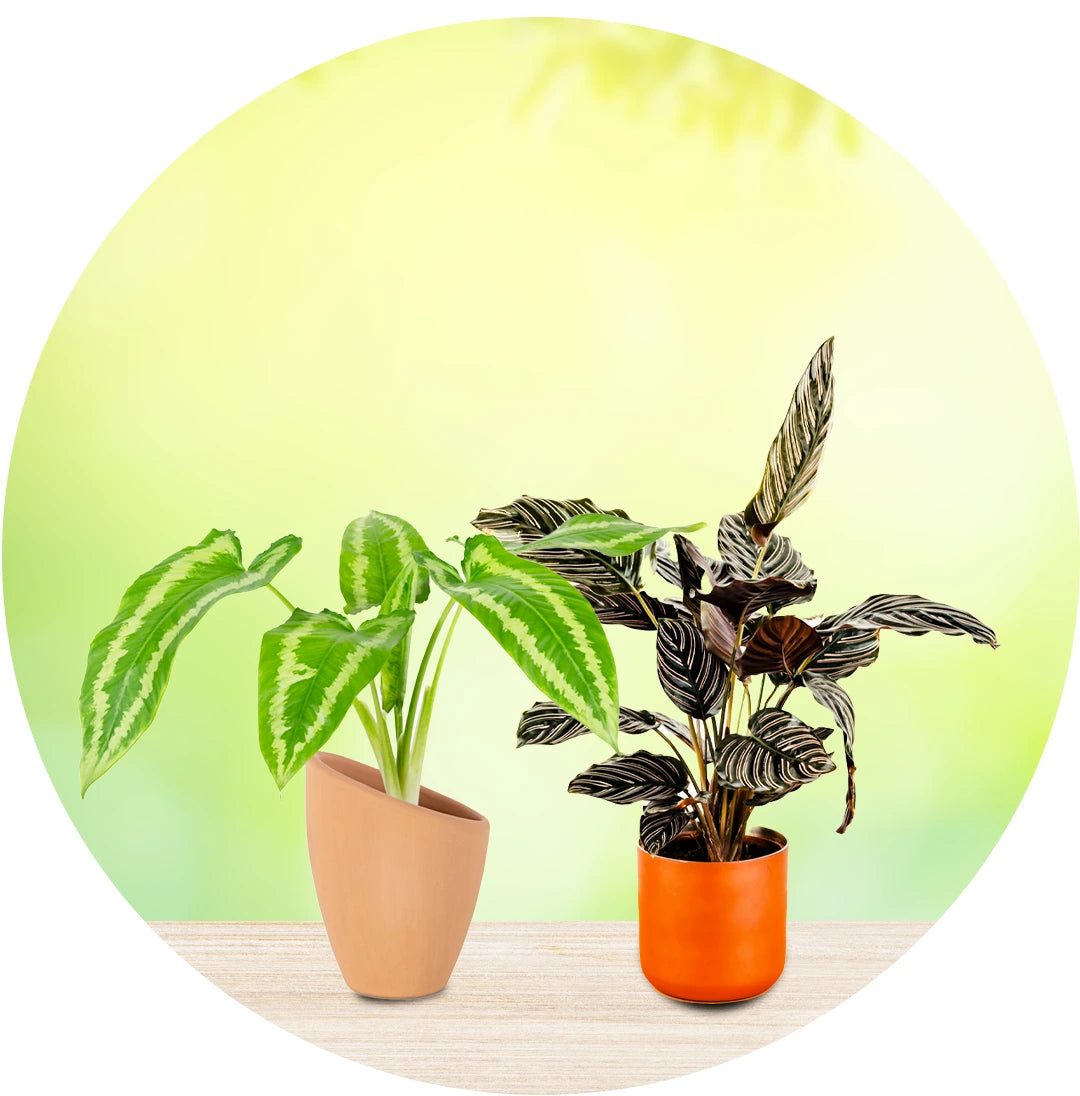
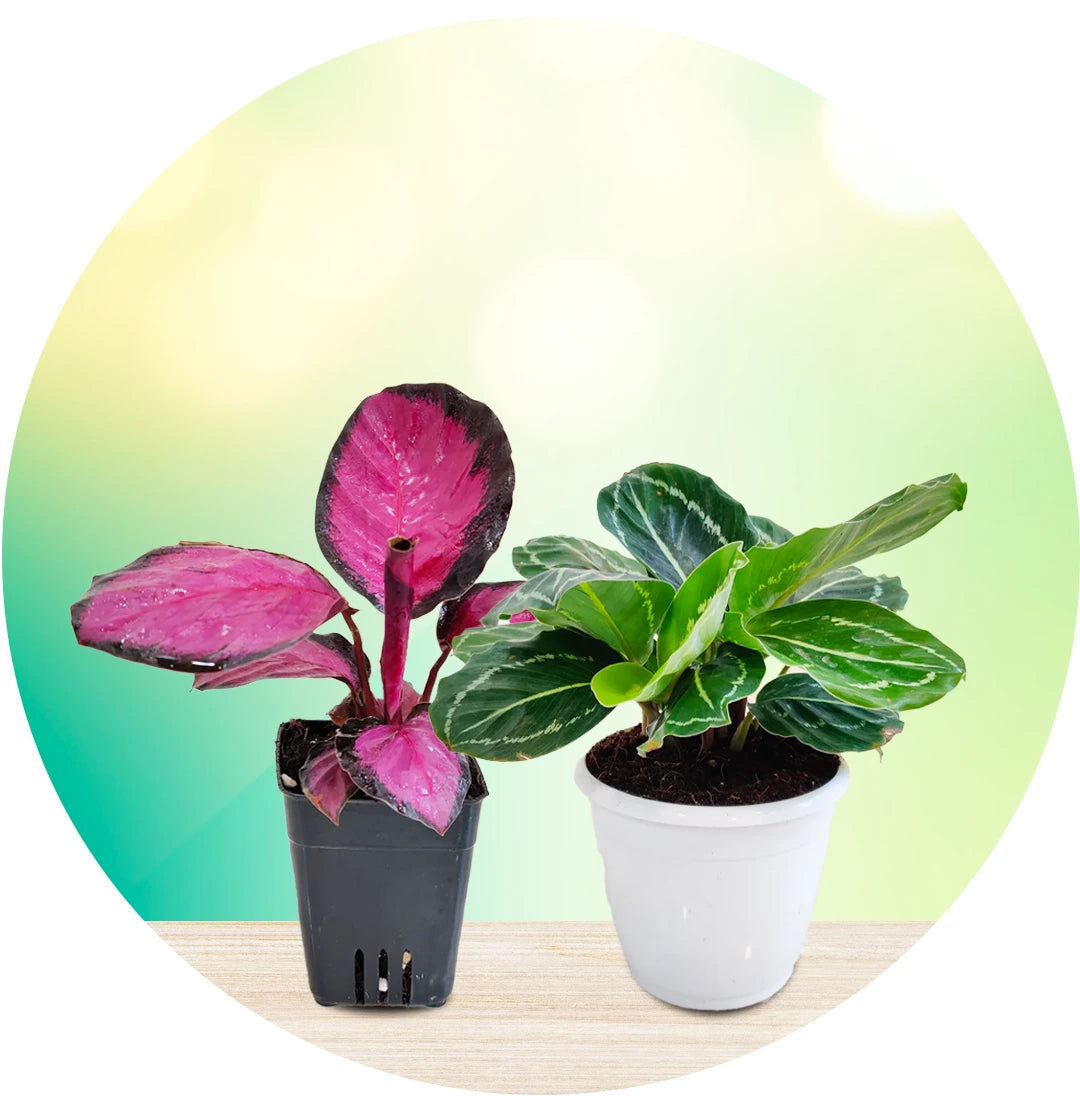
Leave a comment